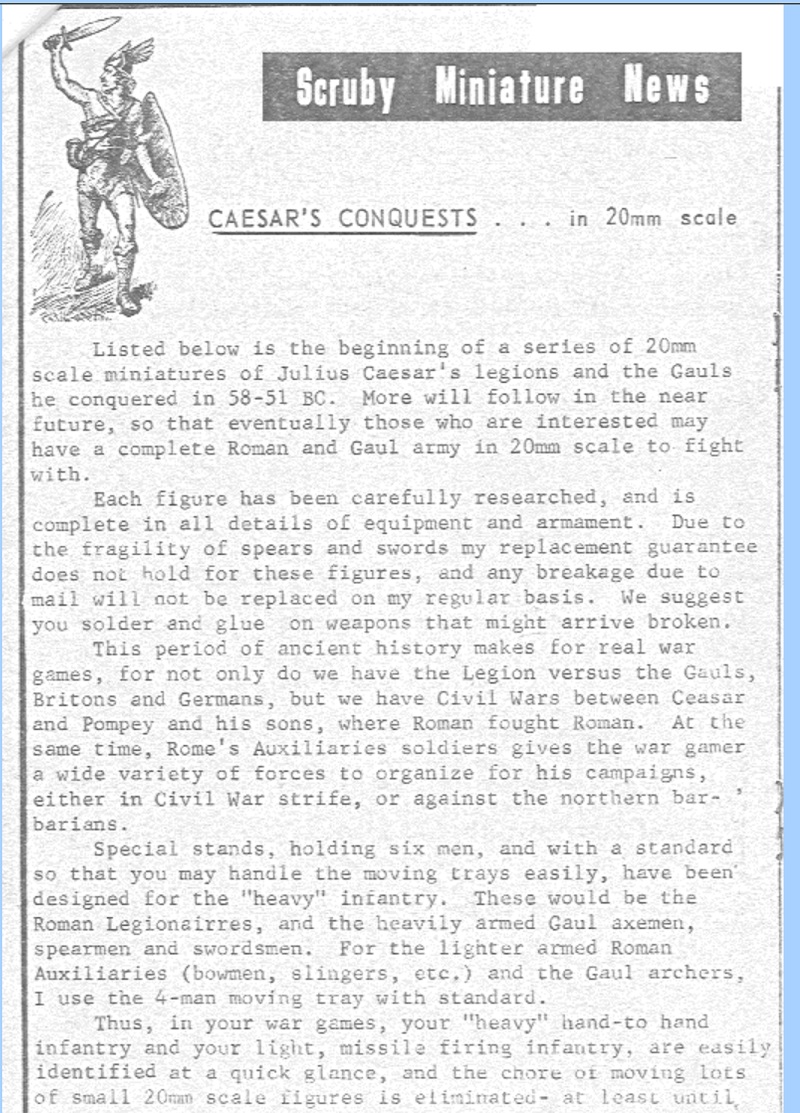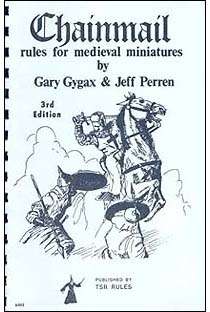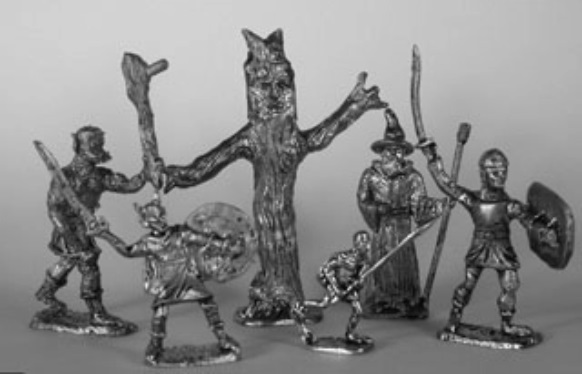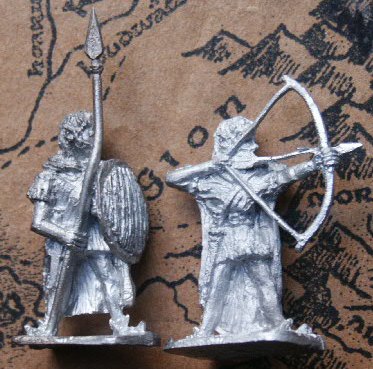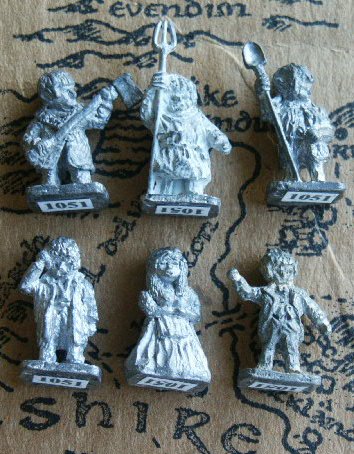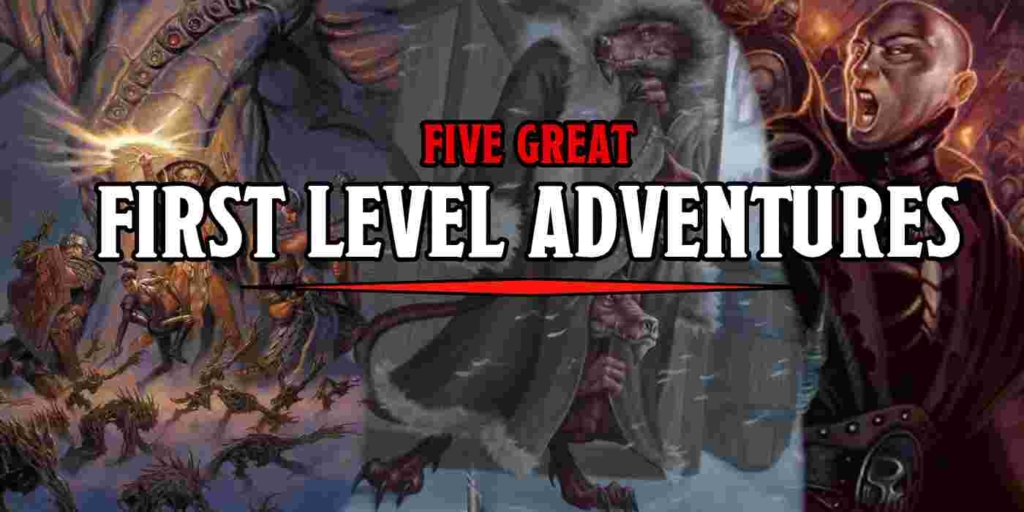BoLS Prime: How Miniatures Helped Launch D&D
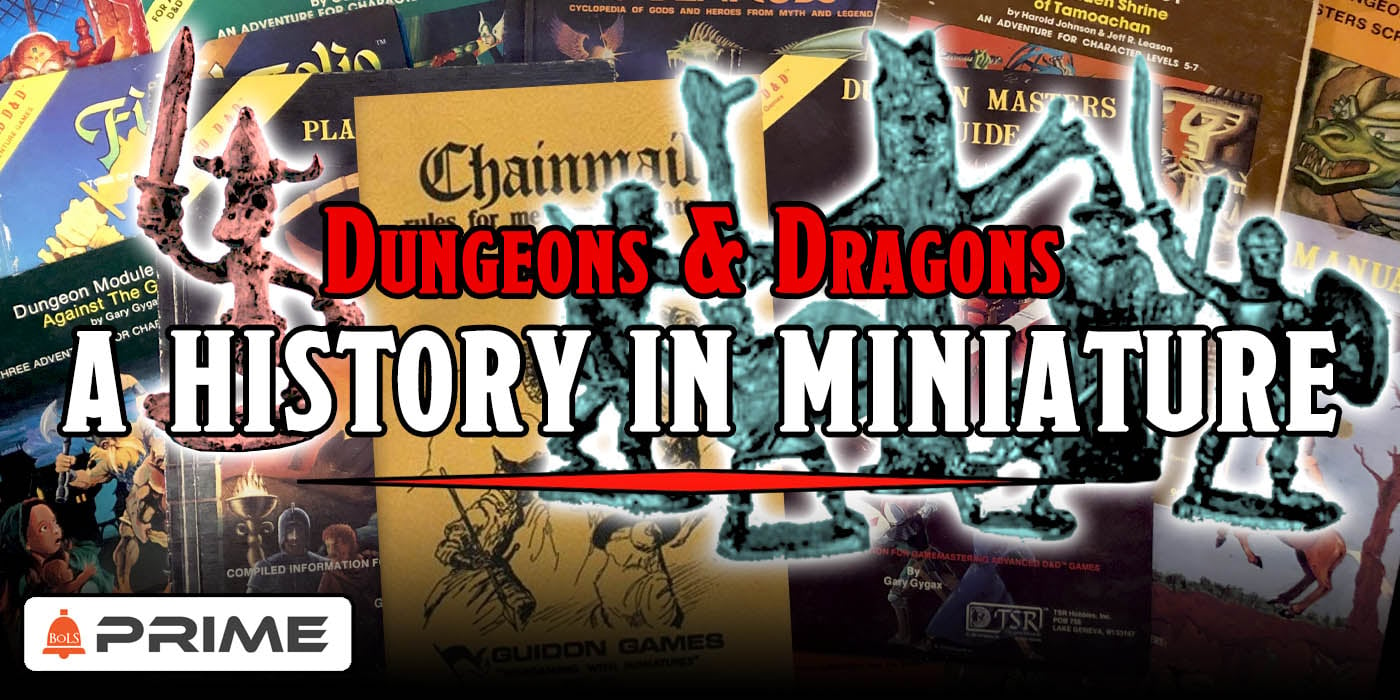
Dungeons & Dragons wouldn’t be what it is today without miniatures. When the game launched, these pewter figures helped put it on the map.
If you were to ask which came first, the RPG or the murderhobo minis, you wouldn’t be caught in the geekiest koan because there is actually an objectively correct answer. And it’s that miniatures came first.
In fact, D&D (and all other tabletop RPGs) owe their origins to miniatures companies. It all starts with the rise of miniatures wargaming in America. Which comes down to a man named Jack Scruby.
In 1955, a California man named Jack Scruby began making inexpensive miniature models for miniature wargames out of type metal.
Scruby’s major contribution to the miniature wargaming hobby was to network players across America and the UK. At the time, the miniature wargaming community was minuscule, and players struggled to find each other.
In 1956, Scruby organized the first miniature wargaming convention in America, which was attended by just fourteen people. From 1957 to 1962, he self-published the world’s first miniature wargaming magazine, titled The War Game Digest.
There, wargamers could publish their rules and share game reports. It had less than two hundred subscribers, but it did establish a community that kept growing.
1968 saw the inaugural Gen Con, and it brought Gary Gygax hurtling headlong into “medieval miniatures,” which is where some of the very first influences for Dungeons & dragons came about. Gygax played a demo of a game called Siege of Bodenberg, which helped pioneer the “one fighter” scale of a new wave of miniatures games:
In the scenario, Count von Boden is expecting a wagon train of supplies from Wernigerode to arrive but is instead attacked by invading Huns and Turks. The castle needs to hold out until the wagon train and its defending Lansquenets arrive, or until the rest of the Count’s knights return from the tournament in Quedlinburg.
The rules are close tactical, with each figure representing a single man. They are designed for 40mm Elastolin figures and accessories, but since they give movement allowances and firing ranges in numbers of sectors (squares) rather than inches, the game could easily be played in other scales or even as a board game. The rules are fairly elaborate, with sections for hidden movement, sallies, scaling ladders, supplies, morale, etc.
This includes the “Geneva Medieval Miniatures” game first published in the April 1970 issue of wargaming fanzine Panzerfaust. This game would later evolve into Chainmail, a medieval miniatures combat game that adopted two key rules of note: man-to-man combat rules, which are the combat rules that are still at the heart of D&D.
Now, at the time, Scruby was one of the biggest names in miniatures. He made them, he sold them, he published newsletters where gamers could come together and read how to play with them. And all of this helped bring about the first proto D&D game, Chainmail.
“It featured four races, (humans, dwarves, elves, and hobbits) and just three classes (fighting-men, magic-users, and clerics). It also introduced individual statistics that had never existed before: Strength, Intelligence, Wisdom, Dexterity, Constitution, and Charisma. This was a quantum leap from wargames of the past, as the statistics described an individual person, not a unit.”
Advertisement
But Chainmail bears mentioning just a little more because it sets the stage for the miniatures and the game to come. Chainmail leaned heavily on many of the concepts still used in D&D today. Difficult terrain, fatigue, different movement modes:
Chainmail is a fully fleshed out fantasy miniatures game that puts YOU in charge of your very own army. Whether you want to fight historical battles based in the trenches of reality or fantasy battles rife with magic and fantastic beasts, Chainmail gives you the rules to fight the wars you want to fight!
The Chainmail Medieval Miniatures section features rules for terrain, movement, formations, fatigue, and more. The Fantasy Supplement provides information for Dwarves, Goblins, Elves, magic, fantastic monsters, and other rules necessary for combat in a magical setting.
Subscribe to our newsletter!Get Tabletop, RPG & Pop Culture news delivered directly to your inbox.By subscribing you agree to our Terms of Use and Privacy Policy.
And you needed miniatures to play the game, which was basically four different wargame systems. You had the mass-combat rules that were based heavily on the medieval miniatures games of Tony Bath and played at a 20:1 scale, with 20 “troops” per actual model on the table.
Then there were the man-to-man combat rules, which were the 1:1 models. This is where we see the earliest form of THAC0 and the first use of Armor Class. Those early miniatures were produced by Scruby.
These are some of Scruby’s original fantasy miniatures. Developed in 1975 in response to the growing popularity of Chainmail, these figures are at the 30mm scale that the game recommends.
You might not be able to make everything out, but you can feel the Lord of the Rings inspiration. Here you’ll find trolls and ents and orcs, and a wizard with a staff alongside the heroic miniature with sword and shield.
Above is set by Der Kriegspielers. These are Der Fantastiques, another fantasy pastiche miniatures company. By the time Dungeons & Dragons became Dungeons & Dragons, miniatures were beginning to crop up everywhere.
And these were the last key to capture D&D’s audience. Here was a chance to use those miniatures and to make them your own.
And from these humble origins, we get the seeds that would grow into the miniatures that many people play with today.
Happy Adventuring!

